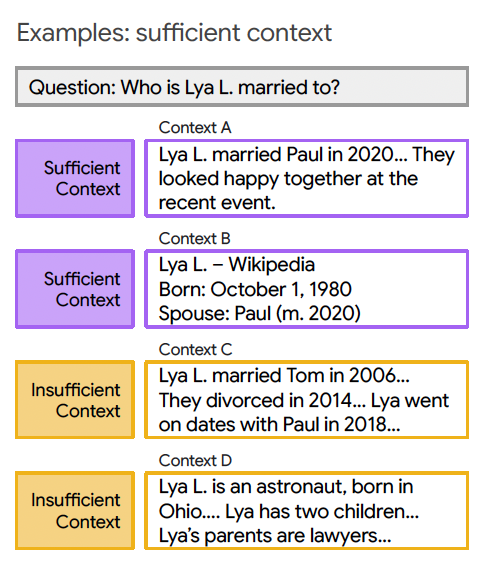
A legal battle against the Net Zero Teesside (NZT) gas-fired power generation and carbon capture and storage project in the north-east of England was quashed in the appeal courts this week.
Environmental consultant Andrew Boswell has lost his climate case against the project and its developers BP and Equinor in the Court of Appeal at the Royal Courts of Justice.
Prime minister Keir Starmer sent a clear message earlier this year that he wanted to crack down on disruptive legal cases against major energy infrastructure in the UK.
The energy secretary is responsible for approving environmental impact assessments for major infrastructure such as the NZT carbon capture projects, which Boswell sought to have repealed on the basis of an emissions calculation that he said was “out of date”.
A second legal case against gas plant challenging government funding for the project is unlikely to be heard in court now that environmental campaigner Boswell has lost his appeal case against the project’s climate impact.
NZT is a major project in the East Coast Cluster, one of two areas focused on carbon capture and storage (CCS) backed by £21.7 billion of government support.
Boswell told Energy Voice that the second case was subject to a stay in court around the subsidy challenge. In that second case, he claimed that the project secured £10bn of subsidies, including a £6bn loan guarantee, only after he had launched his legal challenge.
He argued in the High Court last year that the project’s emissions are greater than those that were accounted for in the impact assessment, and that it ignored upstream emissions produced outside the UK.
He also said the project will create a sustained market for unabated gas production, which due to declining reserves in the North Sea, will make the country reliant on imports of liquefied natural gas (LNG).
Technical analysis, he said, shows that emissions capture of more than 80% has not yet been proven and that CCS projects make greater emissions capture claims than they are able to deliver.
Studies have shown that liquid CO2 moves around in plumes for 20 kilometres to 40 km at CCS sites underground, raising questions as to how effectively the supercritical liquid can be contained.




















